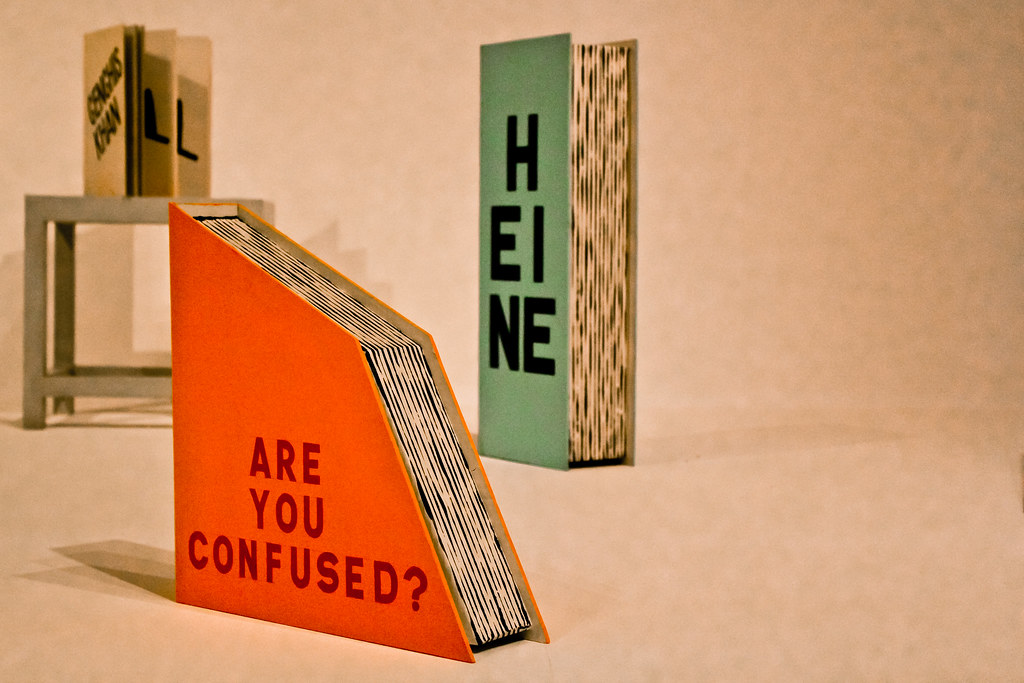Have you ever confused two people of the same race and felt mortified? Maybe you called them by the wrong name, or assumed they were related, or mixed up their roles. If so, you’re not alone. Many people have experienced this embarrassing situation, and it can be hard to know how to apologize and move on.
According to psychology experts, there are several reasons why we tend to mix up people of the same race. One of them is the ‘other-race effect’, which is the tendency to recognize and remember faces of our own race better than those of other races. This effect is not due to racism or prejudice, but rather to the amount of exposure and familiarity we have with different racial groups. The more we interact with people of different races, the more we learn to distinguish their individual features and characteristics.
Another reason why we mix up people of the same race is the ‘cross-race bias’, which is the tendency to perceive more similarity and less diversity among members of other races than our own. This bias is influenced by social and cultural factors, such as stereotypes, media representations, and expectations. For example, if we see a lot of Asian actors playing similar roles in movies or TV shows, we might assume that all Asians are alike, and overlook their unique identities and personalities.
So, what can you do if you find yourself in a racial mix-up situation?

Here are some tips to help you recover and avoid further awkwardness:
– Apologize sincerely and briefly. Don’t make excuses or try to justify your mistake. Just say something like ‘I’m so sorry, I mixed you up with someone else’ or ‘I apologize, I got your name wrong’. Don’t overdo it or make a big deal out of it, as that might make the other person feel more uncomfortable or offended.
– Acknowledge the person’s individuality. After you apologize, try to show some interest and appreciation for the person you mixed up. Ask them a question, compliment them, or make a positive remark about their work or studies. This will help you establish a rapport and demonstrate that you see them as a unique and valuable person, not just a member of a racial group.
– Learn from your mistake and avoid repeating it. Try to remember the person’s name and face, and use them whenever you interact with them. If you have trouble remembering names, use some memory tricks, such as associating the name with a rhyme, a song, or an image. You can also repeat the name several times in your head or out loud, or write it down somewhere. If you have trouble recognizing faces, pay attention to the person’s distinctive features, such as their hair, eyes, nose, mouth, or glasses. You can also look for clues in their clothing, accessories, or surroundings.
– Educate yourself and expand your horizons. One of the best ways to prevent racial mix-ups is to expose yourself to more diversity and learn more about different cultures and backgrounds. You can do this by reading books, watching movies, listening to music, or attending events that feature people of different races. You can also seek out opportunities to interact with people of different races, such as joining clubs, volunteering, or traveling. The more you get to know people of different races, the more you will appreciate their differences and similarities, and the less likely you will be to mix them up.
Racial mix-ups can be embarrassing and awkward, but they don’t have to ruin your relationships or reputation. By following these tips, you can recover from your mistake, apologize effectively, and show respect and appreciation for the person you mixed up. You can also use this experience as a chance to grow and learn, and to become more aware and sensitive of the diversity around you.
Related posts:
A Memory Computational Basis for the Other-Race Effect | Scientific Reports (nature.com)





